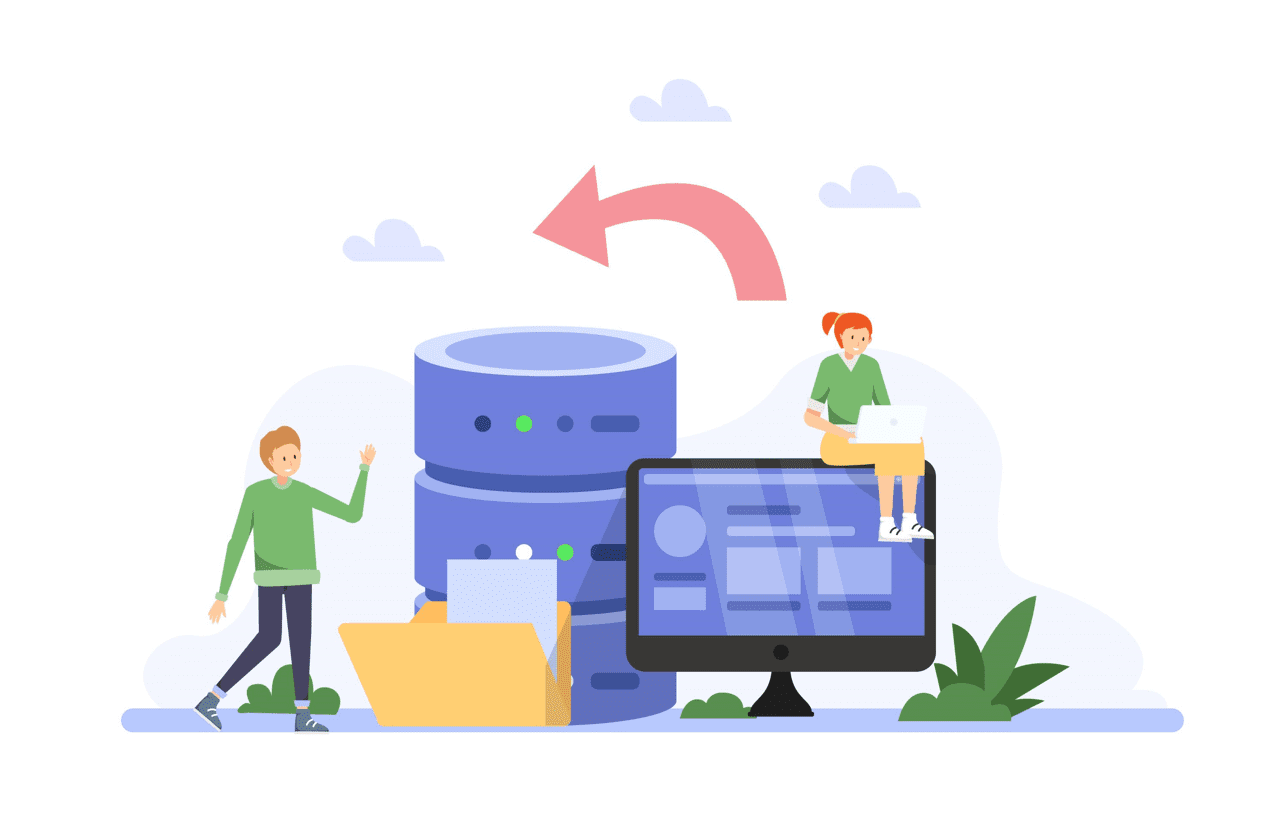Fundamental Principles of Continuous Delivery
Continuous Delivery is an approach that embodies the principles of Agile and DevOps. Have a look at these fundamental principles that’ll help you adopt continuous delivery in your organization.

These fundamental principles are:
- Automation
- Traceability
- Incremental Changes
- Infrastructure as Code
- Shared Responsibility
Now let’s explore each principle. Apply these principles in your delivery pipeline for streamlined delivery.
Automation:#
Automation is an important aspect of continuous delivery. Automating various stages of software development like build, test, and deployment ensures software reliability and rapid release. Experiments have shown that humans aren't good at repetitive tasks.
Repetitive tasks have mental and physical effects. Most importantly, humans can put your software development at risk. Apart from operation risks, automation frees up your time to focus on more complex and essential tasks.
Automation delivery is about automating the code compiling, merging, testing, packaging, and deployment. If you’re just getting started with Continuous Delivery, you’ll need some tools for automating the deployment pipeline.
Research and identify tools that align with your goals and get started.
Traceability:#
Traceability is a vital principle in DevOps and Continuous Delivery. It is a crucial practice for CD adoption. It is like having an invisible companion tracking every big and small change in the code base.
Establishing a traceable system is crucial as it can be helpful in case of errors and disasters. When your software evolution is stored in one place you can instantly recover any previous version of your code in case of any disaster.
Make your code traceable by implementing a version control system. Utilize popular version control tools.
Incremental Changes:#
To avoid downtime and operational difficulties, Businesses typically stack code changes and integrate them periodically. Incremental changes are a critical aspect of continuous integration within CD. It involves breaking down large problems into smaller manageable parts.
Incremental changes make the development lifecycle efficient and manageable. Small batches of code changes are easy to build, test, package, and deploy.
To incorporate Incremental changes in your organization implement the following best practices.
- Feature Branches
- Atomic Commits
- Continuous Testing
- Frequent Integration
Now let’s move towards Infrastructure as Code (IaC).
Infrastructure as Code:#
Infrastructure as code is an essential practice for continuous Delivery. It allows you to provision and manage infrastructure using code and automation. It is different from traditional infrastructure provisioning and management.
Traditional practices have their risks. But why transition now? Why not stick with traditional practices?
This approach also has risks, you may argue. However, its benefits outweigh its risks. Have a look at some of its benefits.
- IaC allows you to recreate environments which is crucial for testing and deployment.
- It also gives you better scalability options. You can scale resources up and down based on your needs and customer demands.
- Manual configuration is risky because of the human variability involved. However, IaC automates everything and makes the process more predictable and reliable.
- IaC provides better rollback and recovery options. In case of disaster, it can quickly roll back to the last known stable state.
- Like code collaboration, IaC allows you to manage provision infrastructure, test, and improve collaboratively with your teammates.
Integrate infrastructure as Code practices (IaC) practice in your organization to make the CD adoption process more efficient.
Now let’s move on to the last principle (i.e. Shared Responsibility) and discuss how it is crucial for CD adoption.
Shared Responsibility:#
To make big changes in your organization it is crucial to address the critical principle that’ll help you adopt Continuous Delivery and DevOps which is cultural change. In the previous sections, we’ve already discussed the importance of workplace culture.
It is vital to transform your workplace culture into a generative culture for the successful adoption of Continuous delivery practices. Here is how you can transform your workplace culture.
- Encourage collaboration between employees
- Break down silos and encourage them to take risks.
- Make your employees feel important.
- Don’t punish them when they make mistakes instead encourage them to do better in the future.
- Create a fear-free environment where everyone is entitled to have opinions.
Although implementation of these principles into your organization will help you adopt continuous delivery. However, the success of adoption depends upon some capabilities that you must have.
In the next section, we’ll uncover capabilities that allow you to streamline the software development and delivery process.